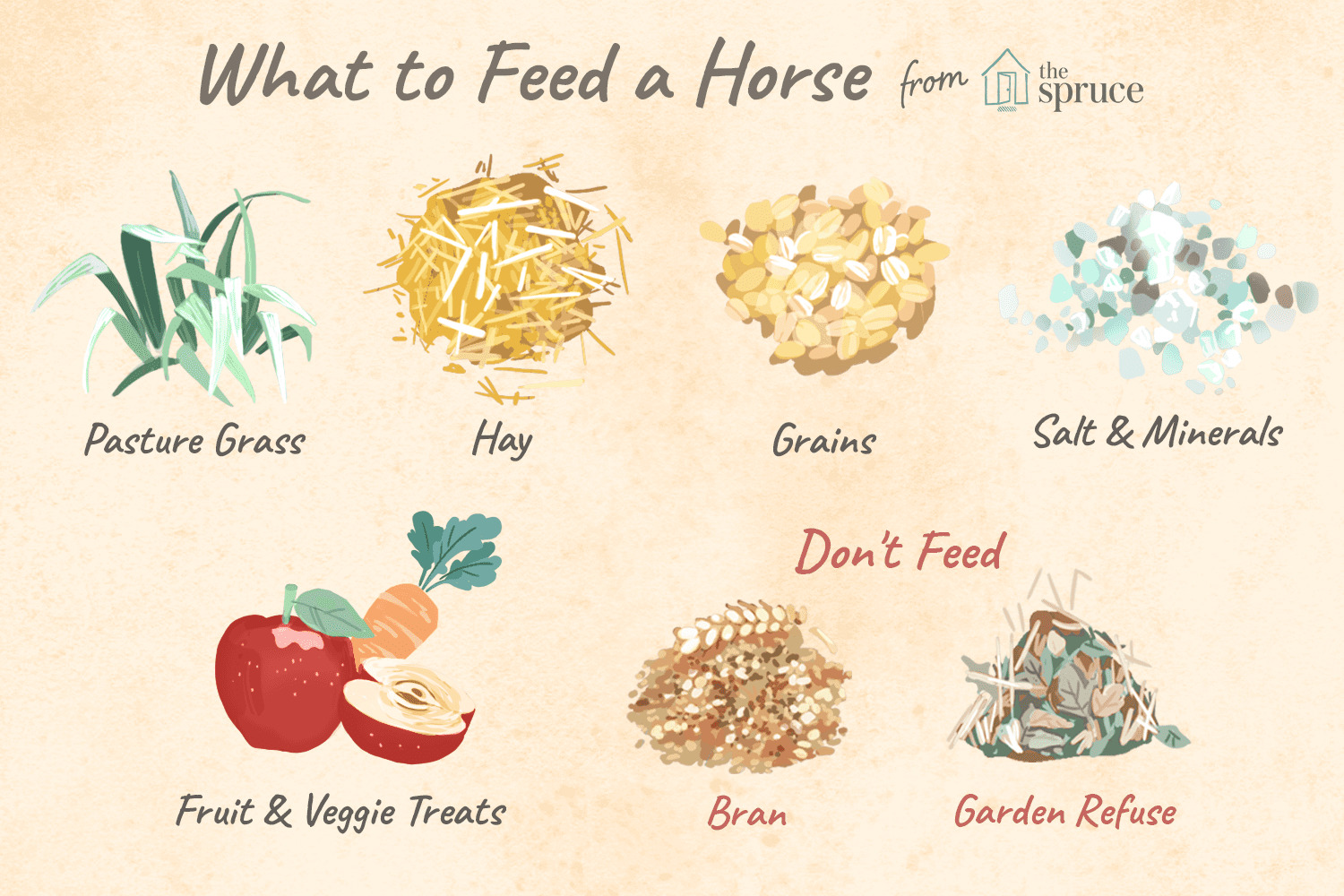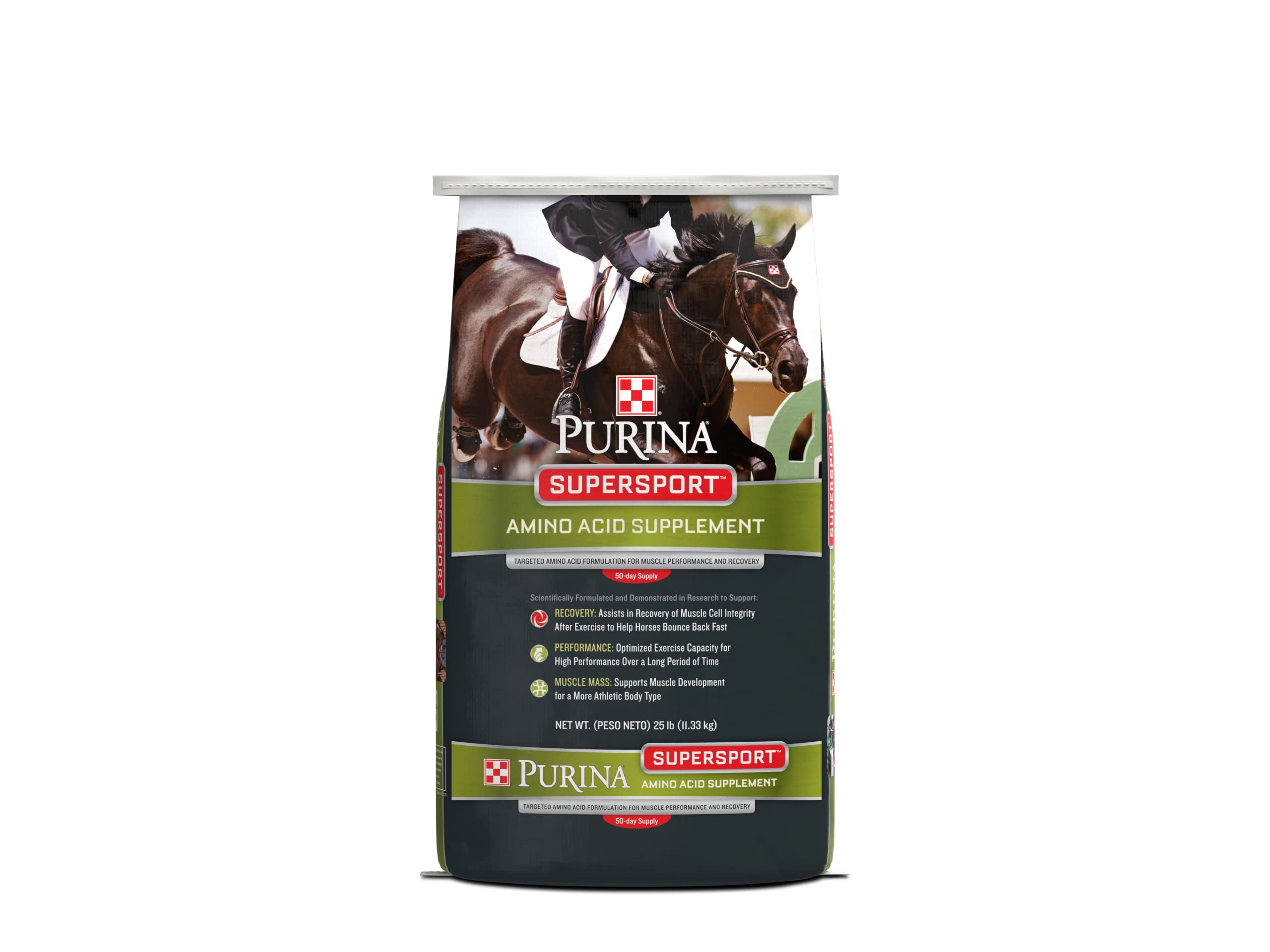Horses are magnificent animals that require a balanced and nutritious diet to thrive. While foraging on grass and hay is essential to their diet, there are instances where horse owners may need to introduce grains into their horse’s feeding regimen. However, getting a horse to eat grain can be a challenge, especially if they are not accustomed to it. In this article, we will explore the various methods and strategies to encourage a horse to eat grain and the importance of a gradual transition to prevent digestive issues.
Understanding a Horse’s Digestive System

Before delving into the process of getting a horse to eat grain, it is crucial to understand their digestive system. Horses are herbivorous animals with a unique digestive system designed for processing fibrous plant material. Their digestive tract consists of a relatively small stomach and a large hindgut, which includes the cecum and colon. This means that horses rely on a continuous intake of high-fiber forage to maintain a healthy gut function.
The Role of Grain in a Horse’s Diet
While forage should form the foundation of a horse’s diet, there are circumstances where the addition of grain can be beneficial. Grains such as oats, barley, and corn provide concentrated sources of energy, protein, vitamins, and minerals, which can be especially useful for horses with increased energy requirements, such as performance horses or those in heavy work. Additionally, grains can serve as a vehicle for delivering supplements or medications, making it easier to meet a horse’s nutritional needs.
Factors Affecting Grain Acceptance
Several factors can influence a horse’s willingness to eat grain. These include their individual preferences, previous feeding habits, age, health status, and the palatability of the specific grain being offered. Additionally, environmental factors, stress, and changes in routine can impact a horse’s appetite and willingness to try new foods. Understanding these factors is crucial when introducing grain to a horse’s diet.
Gradual Transition and Patience

One of the most critical aspects of getting a horse to eat grain is the need for a gradual transition. Abrupt changes in a horse’s diet can lead to digestive upset, including colic and laminitis. Therefore, it is essential to introduce grain slowly and monitor the horse’s response throughout the process. Patience is key, as some horses may take longer to adapt to new feeding routines than others.
Step-by-Step Approach
When introducing grain to a horse, it is recommended to start with small amounts and gradually increase the quantity over a period of several weeks. Begin by offering a handful of grain mixed with the horse’s regular feed. Observe the horse’s reaction and monitor their fecal output and behavior for any signs of digestive disturbance. If the horse tolerates the initial introduction, gradually increase the amount of grain while reducing the quantity of the existing feed.
Monitoring and Adjusting
Throughout the transition process, it is crucial to closely monitor the horse’s overall health and well-being. Keep an eye on their body condition, energy levels, and appetite. If the horse shows any signs of reluctance to eat the grain or experiences digestive issues, it may be necessary to slow down the transition process or reconsider the type of grain being offered. Consulting with a veterinarian or equine nutritionist can provide valuable insights and guidance in making adjustments to the feeding plan.
Enhancing Palatability

To encourage a horse to eat grain, it can be beneficial to enhance the palatability of the feed. Mixing small amounts of molasses or a commercial flavoring agent with the grain can make it more appealing to the horse. Additionally, offering a warm bran mash or soaking the grain in water can soften the texture and improve palatability, especially for older horses or those with dental issues.
Feeding Environment and Routine
The feeding environment plays a significant role in a horse’s willingness to eat grain. Providing a quiet, stress-free environment for feeding can help reduce anxiety and encourage the horse to explore new food options. Maintaining a consistent feeding routine and offering grain at the same time each day can also help establish a sense of predictability for the horse.
Considerations for Special Cases

While the general principles of transitioning a horse to eat grain apply to most situations, there are special cases that require additional considerations. For example, senior horses with dental problems may struggle with chewing and digesting whole grains, necessitating the use of specially formulated senior feeds or soaked grains. Similarly, horses with metabolic issues, such as insulin resistance or equine metabolic syndrome, may require low-starch or low-sugar grain options to prevent exacerbating their condition.
Seeking Professional Guidance
In instances where a horse has specific health concerns or dietary restrictions, it is essential to seek professional guidance from a veterinarian or equine nutritionist. These experts can provide tailored recommendations for the type of grain, feeding regimen, and supplements that align with the horse’s individual needs and health status.
Building a Positive Association

Creating a positive association with grain feeding can significantly impact a horse’s willingness to consume it. Offering small amounts of grain as a treat or using positive reinforcement techniques during feeding can help the horse associate the grain with a positive experience. However, it is important to avoid overindulging the horse with treats, as this can lead to obesity and behavioral issues.
Training and Conditioning
For horses that are particularly hesitant to eat grain, incorporating training and conditioning exercises can help desensitize them to the new feed. By gradually introducing the grain during training sessions and rewarding the horse for accepting it, owners can help build a more positive association with the feed.
If you’re interested in learning more about caring for horses, you might also find our articles on how to get a horse to drink water and how to wash a horse helpful. And if you’re looking for tips on grooming, our piece on how to dry a horse could provide some valuable insights.
Conclusion
In conclusion, successfully getting a horse to eat grain requires patience, a gradual transition process, and an understanding of the horse’s individual needs and preferences. By taking a step-by-step approach, enhancing palatability, and creating a positive feeding environment, horse owners can encourage their equine companions to accept and benefit from the addition of grain in their diet. It is essential to prioritize the horse’s digestive health and seek professional guidance when necessary to ensure a smooth transition and long-term well-being. With the right approach, horses can adapt to a balanced diet that includes grains, supporting their overall health and performance.



